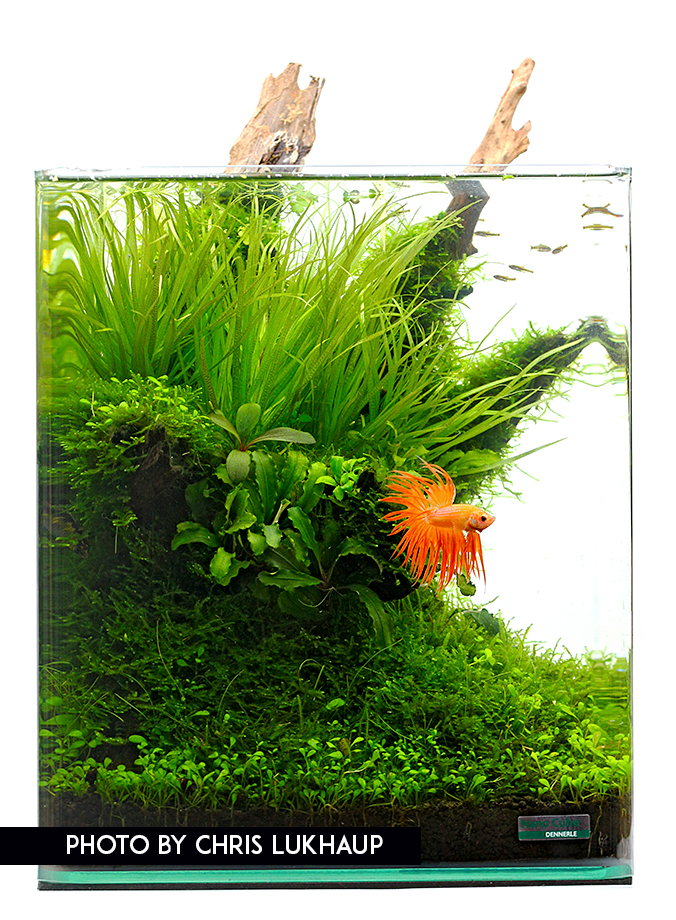The top ten aquarium accessories - what should not be missing in an aquarium
Table of contents
- 1) All about water - Water tests
- 2) All around water - thermometers
- 3) All about water - the filter
- 4) and 5) All about water - the A and O - hardening salt and osmosis plant
- 6) Substrate
- 7) Real plants
- 8) Snails and other cleaning troops
- 9) Decoration from synthetic resin and ceramics
- 10) Decoration from natural material
An aquarium is a bit more than a living picture or a beautiful decoration for the apartment, it is first of all a biotope and a habitat for the fish, shrimps, crayfish, snails and of course for the plants that should live in it. Every effort should be made to give these creatures in human care a good and as species-appropriate life as possible. Today, fortunately, there are aquarium accessories and aquarium technology that make this much easier for us! Of course, in the vast majority of cases it is possible without most things, but they can make life much easier for us as aquarists and also for the aquarium animals that we care for in our glass tank.
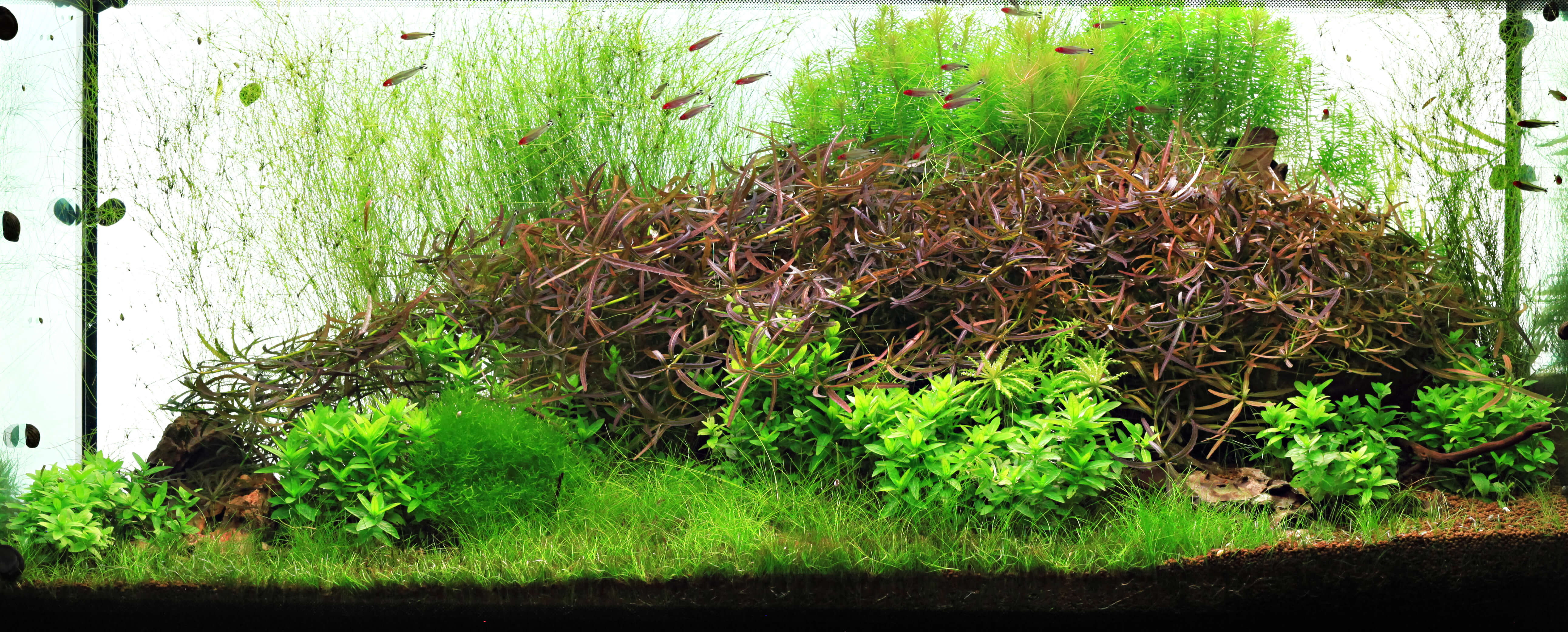
1) All about water - water tests
Sure, no aquarium without water! The Latin word for water is aqua, and that is already in the term "aquarium". But what sounds so easy and self-evident is a small science in itself. Is my tap water any good? Is it too hard, too soft, does it contain too much nitrate? To find out, good water tests are indispensable. Good water quality cannot be determined by taste, even if there are old aquarists who claim this! For fish aquariums, besides the pH value, the nitrite value is especially interesting. For shrimps, the total hardness, the carbonate hardness and besides nitrite, the nitrate value are important. Depending on the species NO3 should not exceed 10 or 25 mg/l - 10 mg for sensitive high breeders from the genus Caridina, for bee shrimp, tiger shrimp and co., 25 mg/l for Neocaridina.
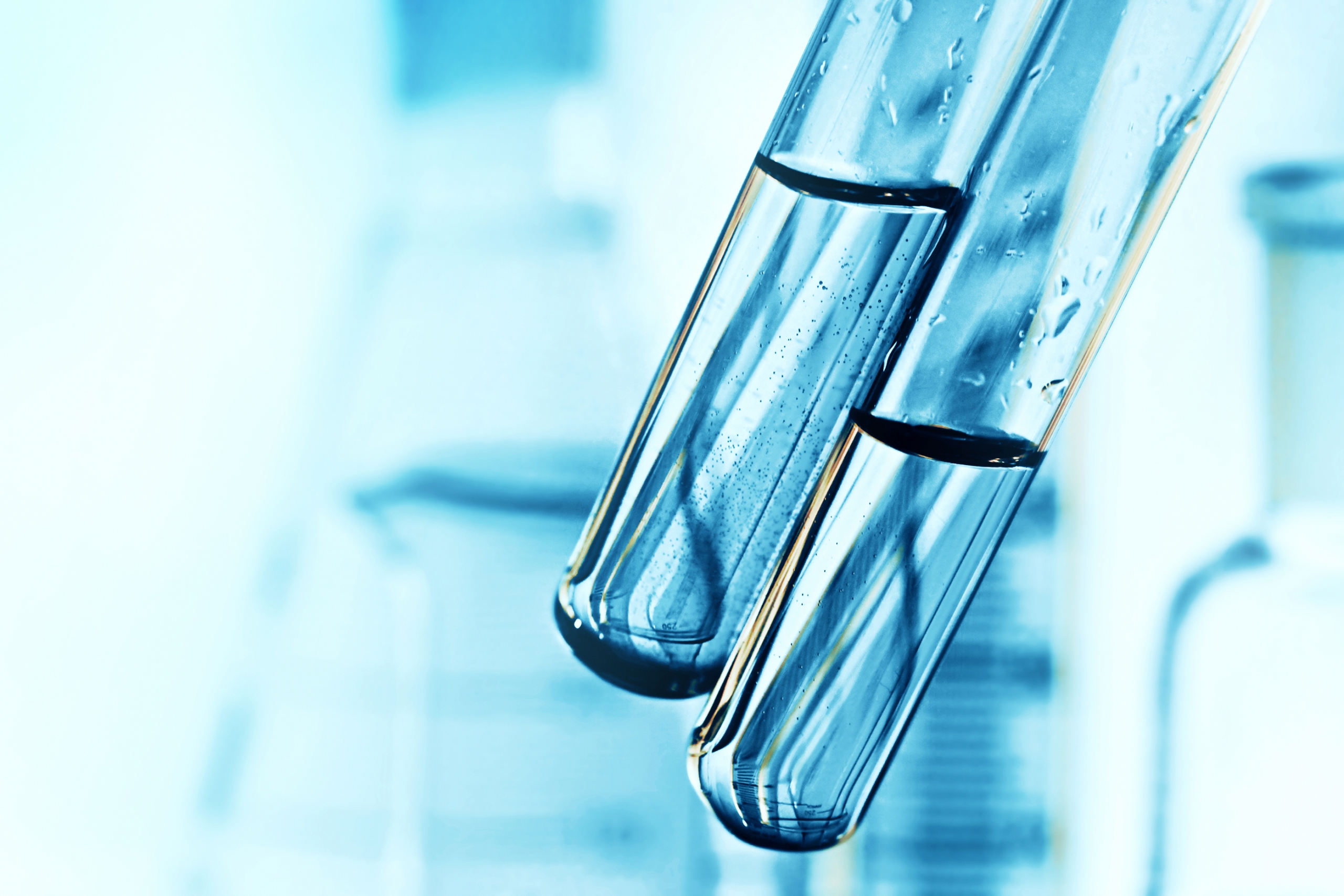
2) All about water - thermometer
Many fish come from the tropics and can even get sick if the water is too cold. Shrimps like bee shrimps or tiger shrimps on the other hand often come from rather cool habitats and must not sit too warm. However, with a thermometer for the aquarium you are on the safe side and can directly judge whether the temperature in the aquarium water is correct or too high or too low.
3) Everything around the water - the filter
Without a filter it is also possible, but at the latest in a more heavily populated fish aquarium, the principle "technology-free aquarium" then comes to its limits. Filterless aquariums need a lot of water changes, high food discipline - and then it can still come to a super disaster. It is better to clean the water in the aquarium with a powerful filter. The filter mechanically removes dirt and suspended particles from the water and biologically removes pollutants and water contamination such as nitrite, ammonia and nitrate with the help of filter bacteria.

4) and 5) Everything around water - the A and O - hardening salt and osmosis plant
Especially for the keeping of shrimps in the aquarium an osmosis plant has proven itself. With this water treatment plant you can produce pure water, in which no substances harmful to shrimps are present. It is also recommended for more sensitive fish species such as discus. Of course, the aquarium animals cannot then be kept in pure osmosis water, so it must be hardened with an appropriate mineral salt. Salts that increase only the total hardness usually have a "GH+" in their name, salts that increase the total hardness and the carbonate hardness in the aquarium water are usually called "GH/KH+" or something similar. Shrimp from soft water need a salt that only increases the GH or total hardness, Neocaridina need a salt that also raises the carbonate hardness somewhat.
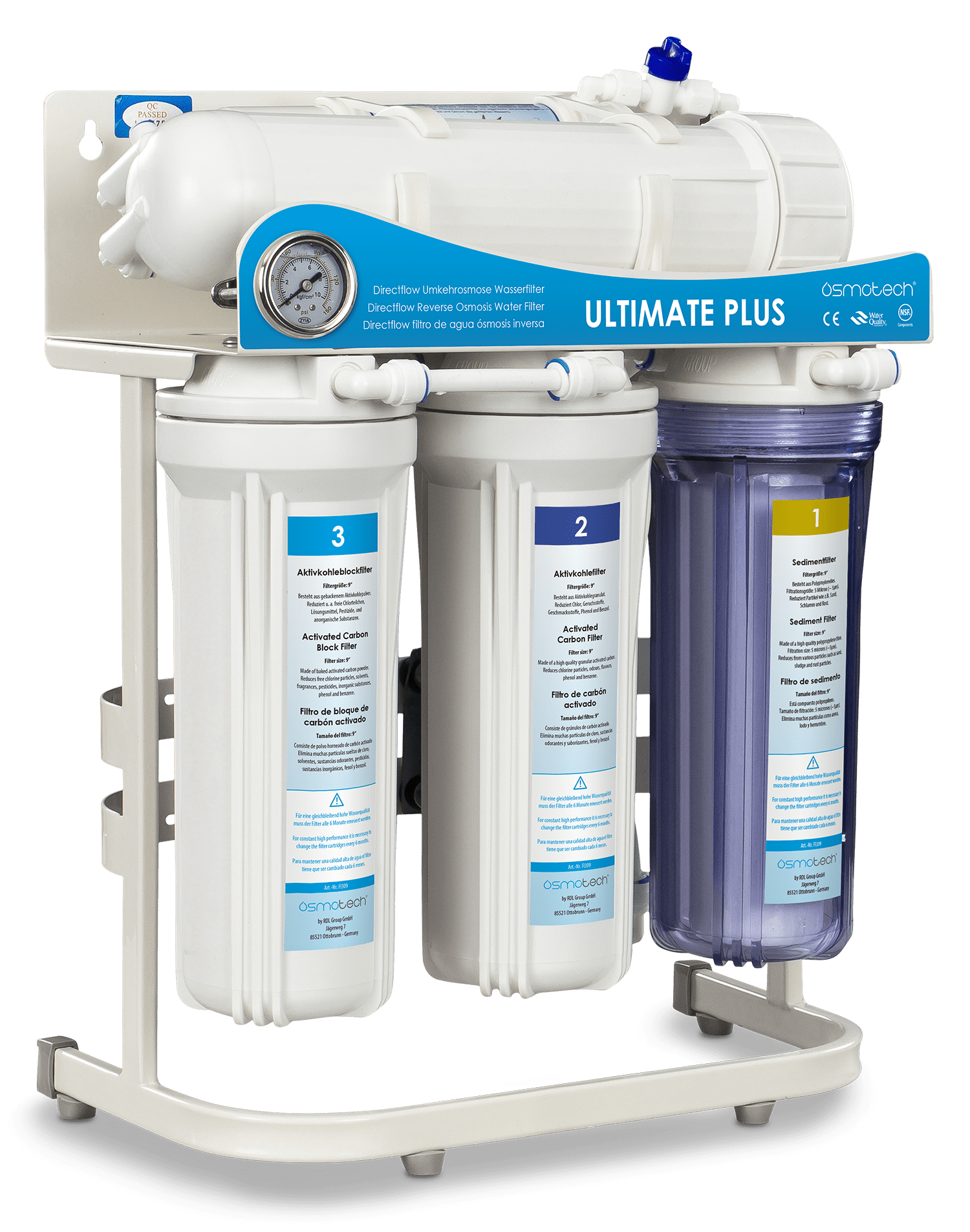
6) Substrate
We all know them - the bare breeding tanks with their glass bottoms, which are super clean to keep, but which look really ugly and are actually quite sad for the animals in them, too. A too thick substrate in the aquarium can start to rot, so the aquarium substrate does not have to be high at all, but two to five centimeters may be - depending on the aquarium size! Thanks to the huge surface area of the substrate grains, useful bacteria settle in the upper centimeters and clean the water of pollutants - just like in the filter, only with much more space. Shrimps also like to play with the grains, and many fish use fine sand to burrow in. Especially Corydoras or South American cichlids appreciate a sand corner for foraging and to take care of their gills by flushing sand through them. For shrimp, there are special soil substrates that adjust water values to suit the more sensitive species, and there are even special soil substrates for aquarium plants that are loaded with nutrients and can provide healthy plant growth - which brings us to the next topic.
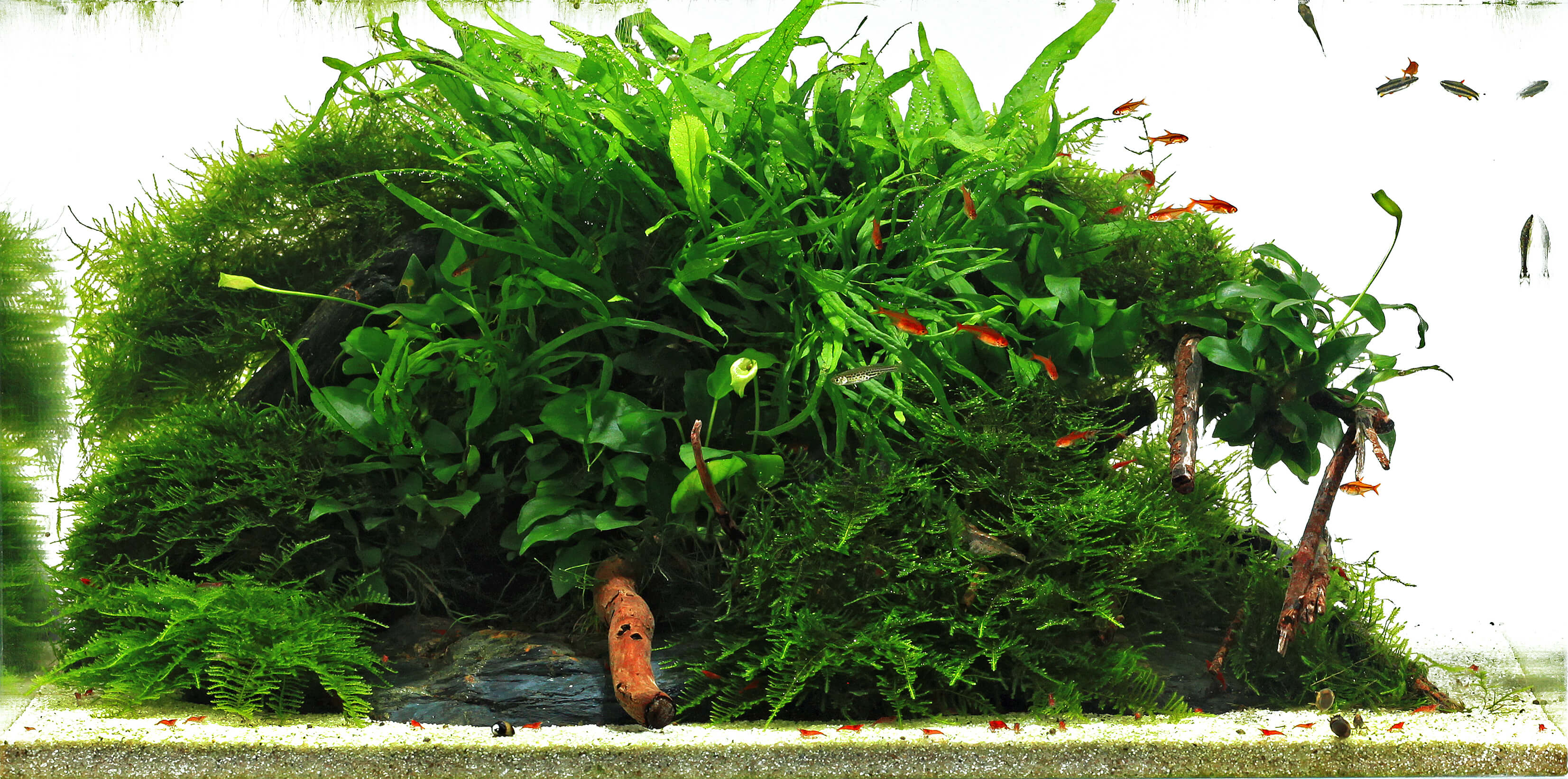
7) Real plants
An aquarium needs - with very few exceptions like aquariums for heavily plant-eating fish or crabs - live, real plants! They are strong opponents for the annoying algae. Well-growing aquarium plants not only ensure a largely algae-free aquarium, they also ensure that pollutants such as ammonium, nitrate and phosphate are removed from the water, because they can use these substances, which are potentially harmful to shrimp in particular, as nutrients for themselves. You don't need to be afraid of too much work if you choose the right plants - in the "worst" case you have to cut them back more often. By the way, a green aquarium also looks great and soothes the eye.
8) Snails and other cleaners
Snails? I beg your pardon? Won't there be a snail plague in the aquarium? Don't they eat all the plants and even eat them up? No, because our common aquatic snails such as post horn snails, trumpet snails and Co. are not herbivores, they only go to already dying tissue. Otherwise, snails in the aquarium act as scavengers and food recyclers. They take care of dead plant parts, dead animals, leftover food and everything that nobody else eats. In the process, the blanket snails also dig up the soil, aerate the substrate and make sure that no rotten spots form - super sensible aquarium inhabitants! Snails do not do well in soft water tanks - they need lime for their shells, which they cannot get from the water in soft water in sufficient quantities. In this case, shiny worms, which are available as live food, have proven to be a fine alternative to snails. They also live in the soil and feed on leftovers, which can thus no longer negatively influence the water values - and soft water does not matter to them. They are just not as pretty as the beautiful water snails, but sometimes you can't have everything ...
9) Decoration made of resin and ceramics
No aquarium should be without decoration! We don't mean kitschy, screamingly colorful plastic plants or strange divers with bubbling treasure chests, but such a cool skull, a skeleton head made of resin or a floating stone have that certain something. They also serve as a hiding place for crabs or shrimps, but also for some fish. If this is not natural enough for you, you can use ceramic decorations. Here in the online store you will find a rich selection of carefully made, hand-potted ceramics - hiding places, caves for crayfish, catfish and shrimp, as well as original plant pads, as the heart desires. The rough surfaces provide even more space for the filter bacteria mentioned several times above to settle, and the resulting biofilms are readily grazed by shrimp.
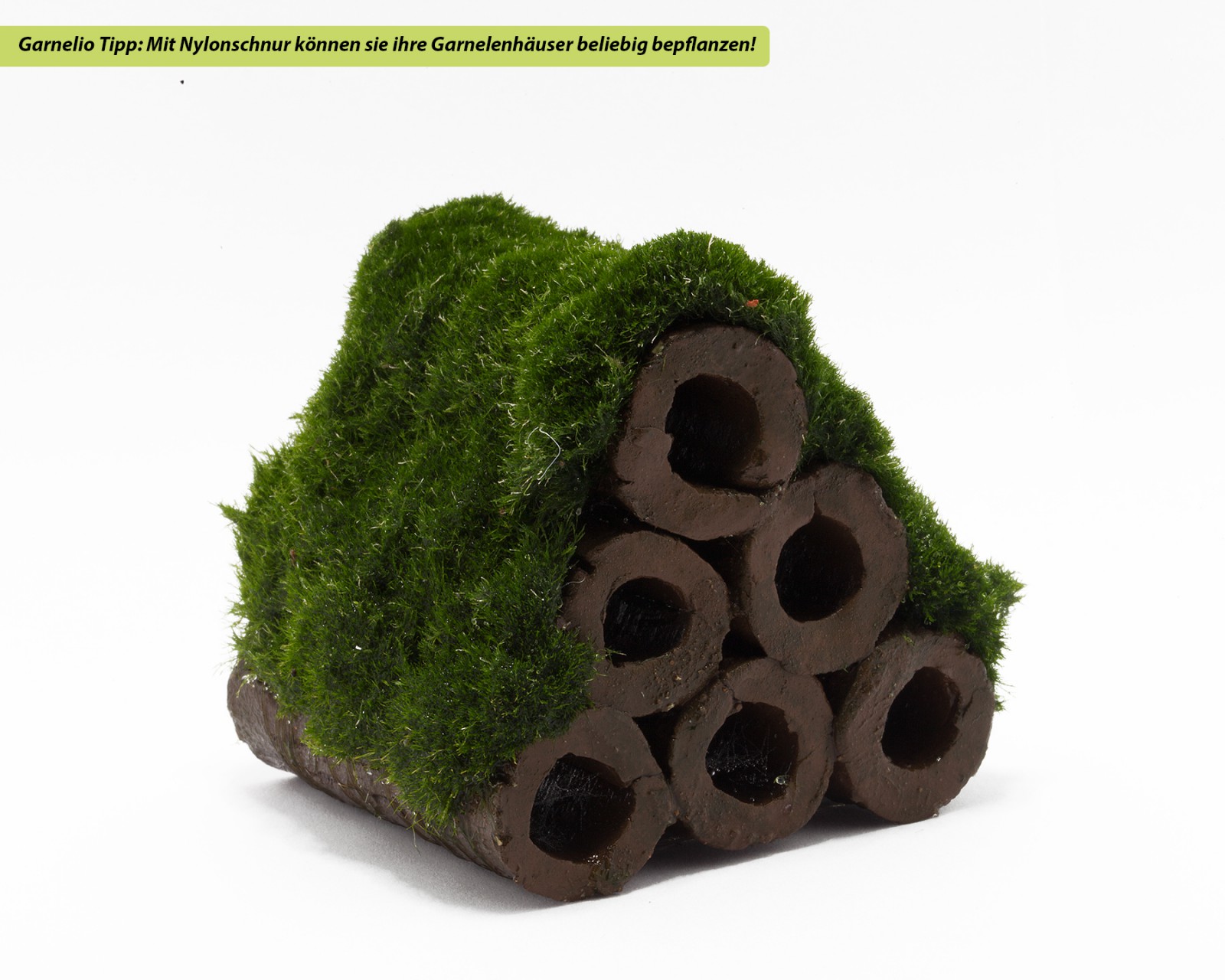
10) Decoration from natural material
If you expect only roots and stones here, you are mistaken - in the aquarium you can decorate with many more materials! Of course, roots made of real wood play an important role in the aquarium - they not only provide humic substances and tannins that make the water really biotope-friendly, but also serve as a source of dietary fiber for crayfish, shrimp and especially for some sucking catfish in the aquarium. Stones as well as roots provide surfaces for grazing and structure for the aquarium. This way the aquarium inhabitants can avoid each other and hide, and of course you can also climb on such a beautiful aquarium root - as a crayfish or shrimp! But also other natural material serves as hiding place and food supplier. Dried leaves, for example, look simply beautiful and natural in the aquarium, also alder cones bring not only valuable tannins and humic acids, but also look extremely decorative. Finely branched and coarse branches of deciduous trees are also a natural decoration with absolute additional benefits for a beautifully decorated aquarium.
